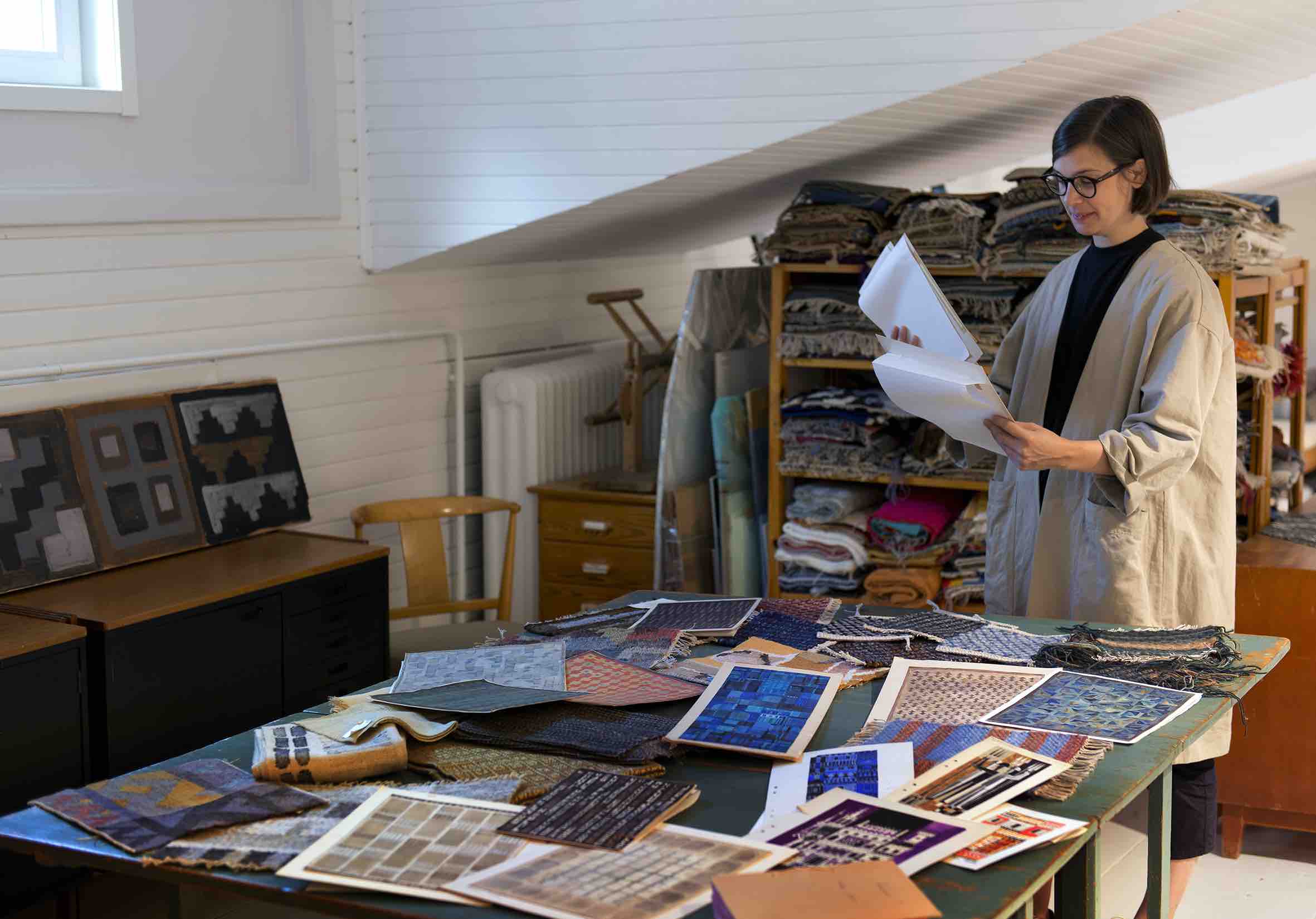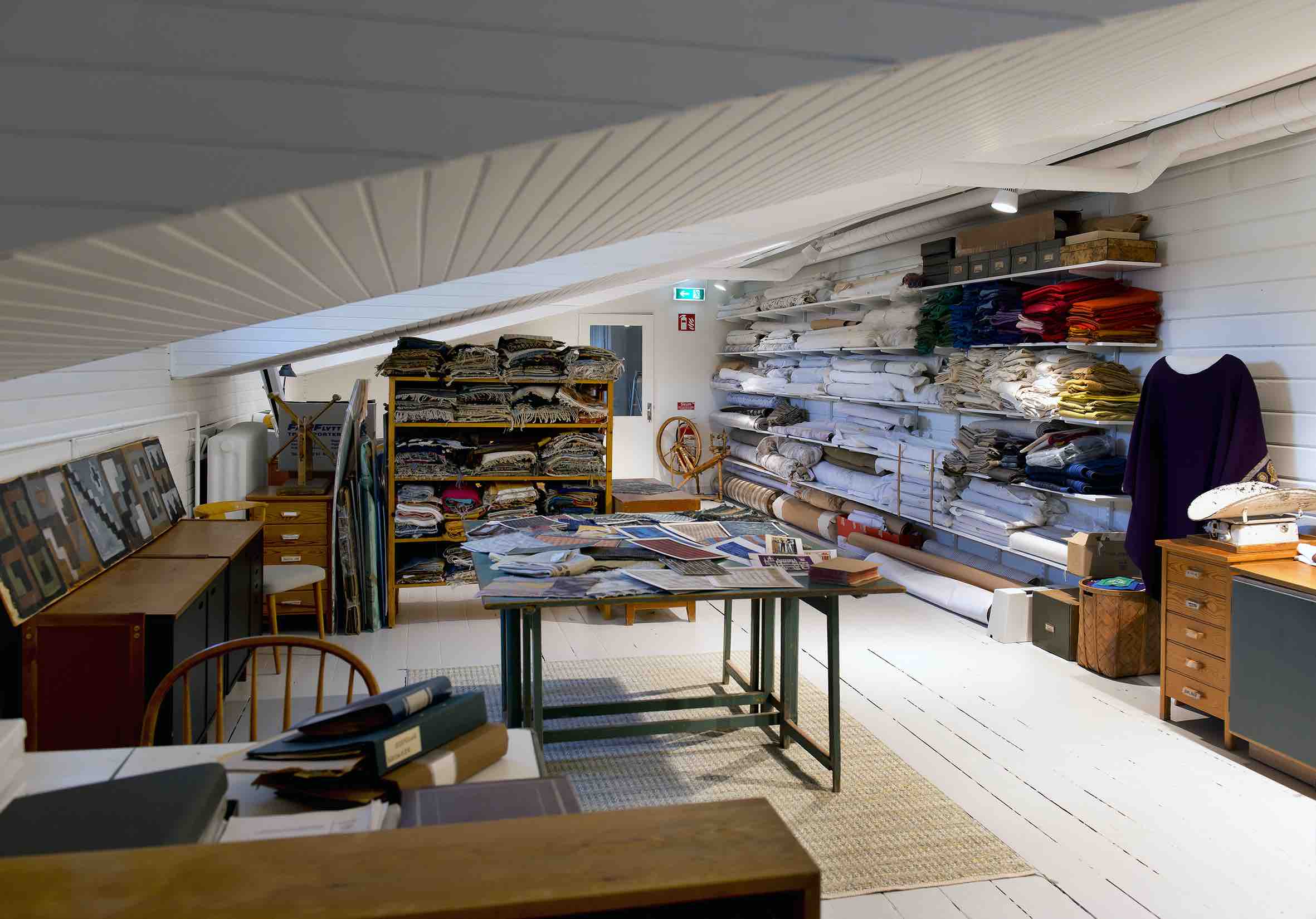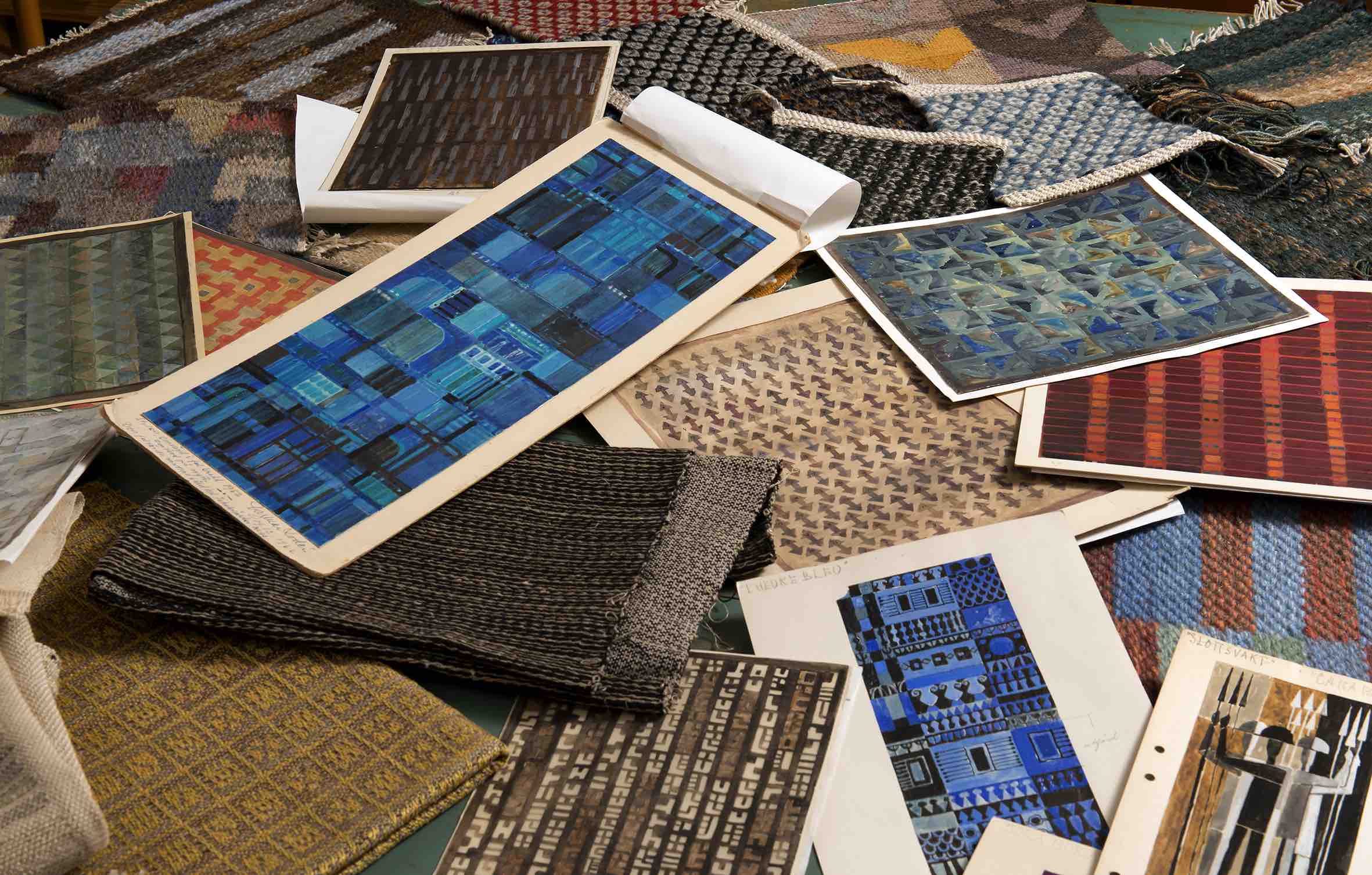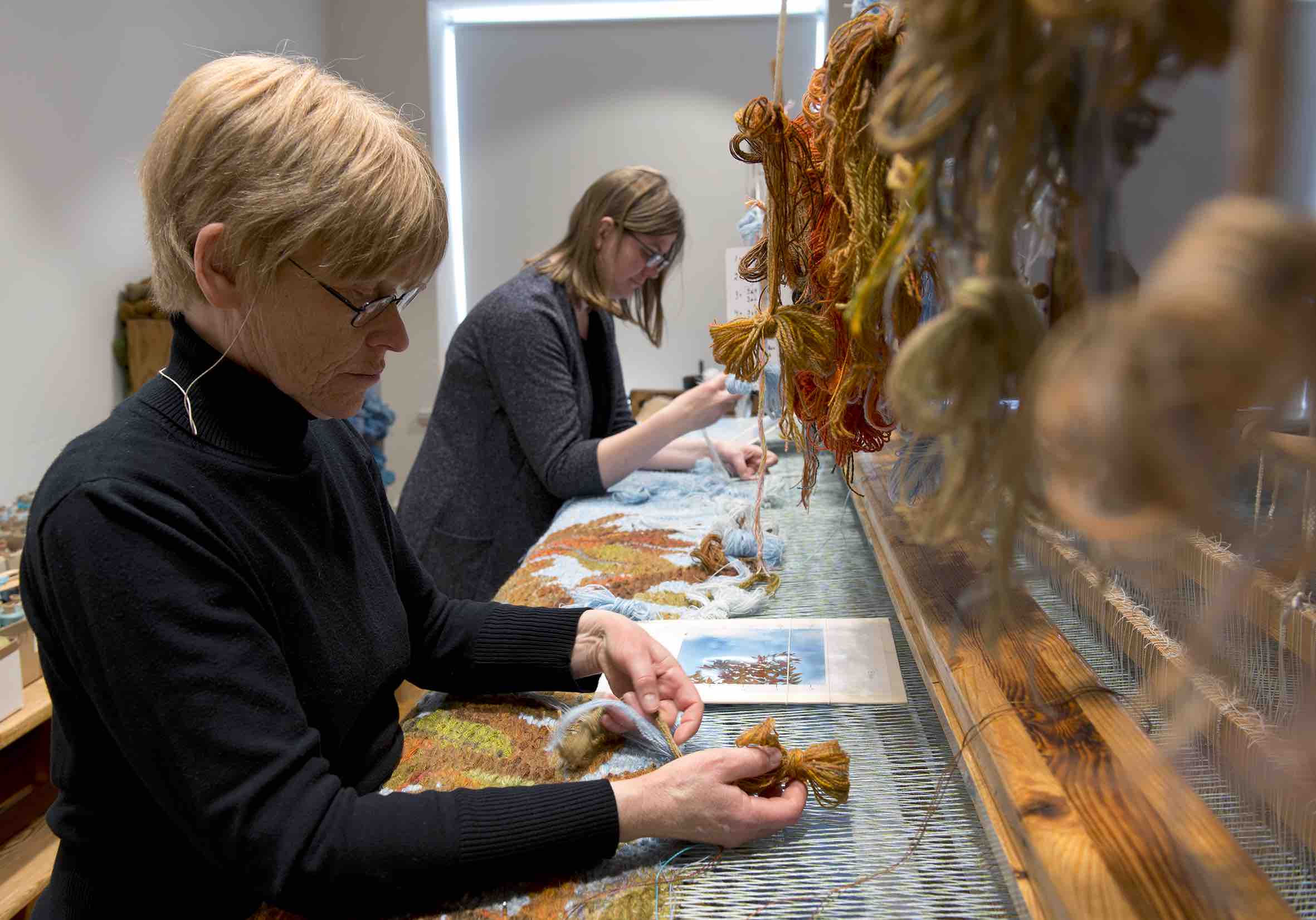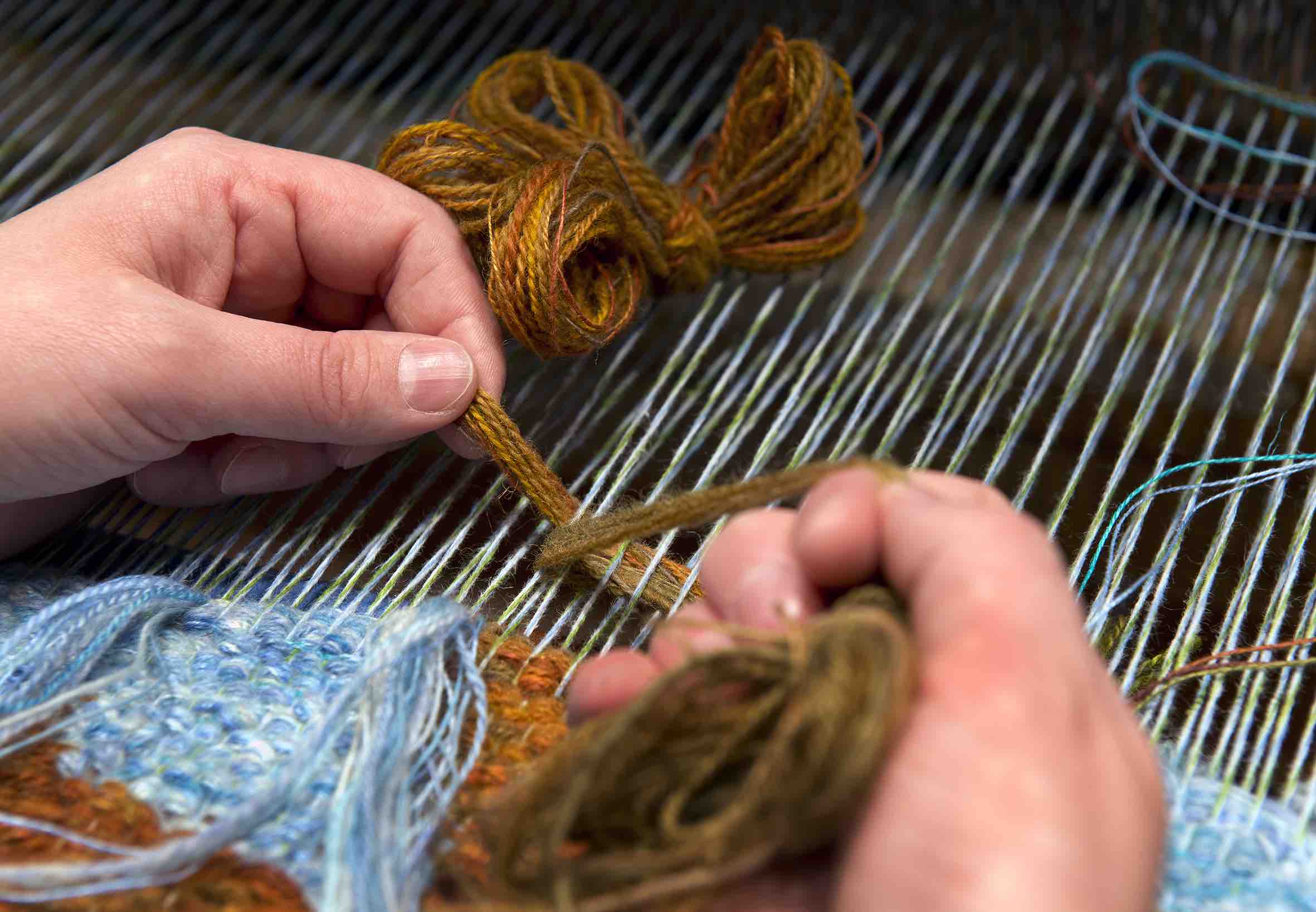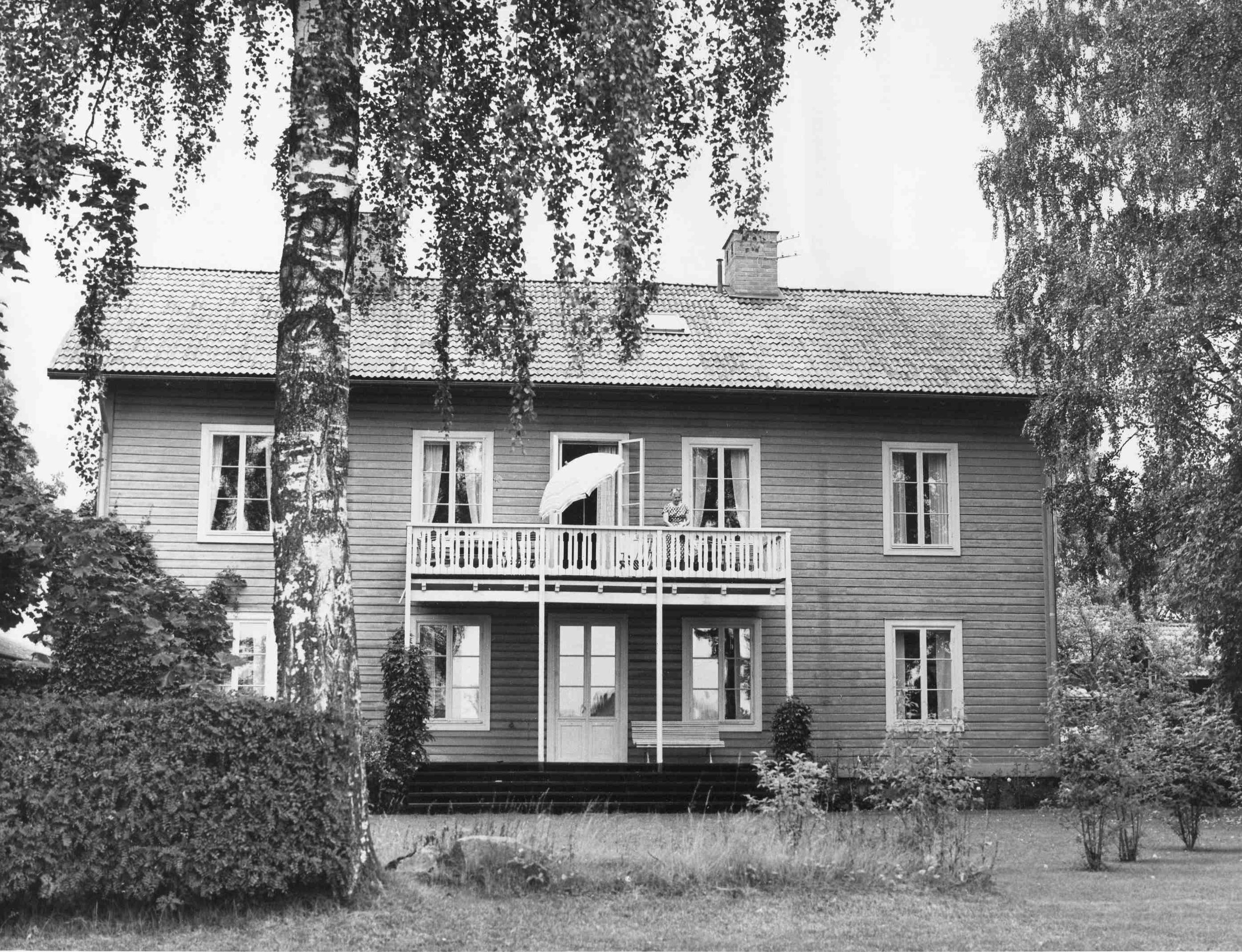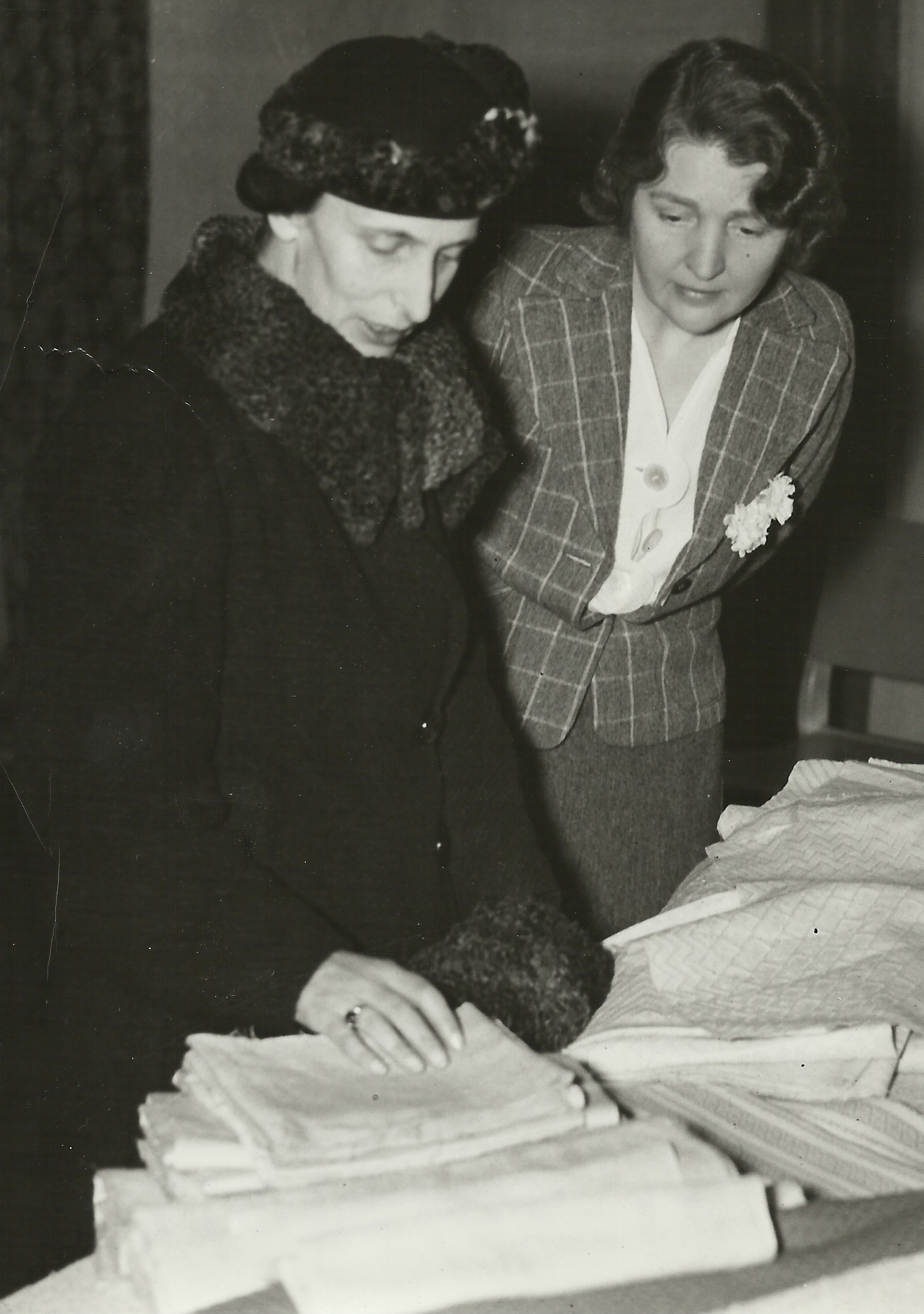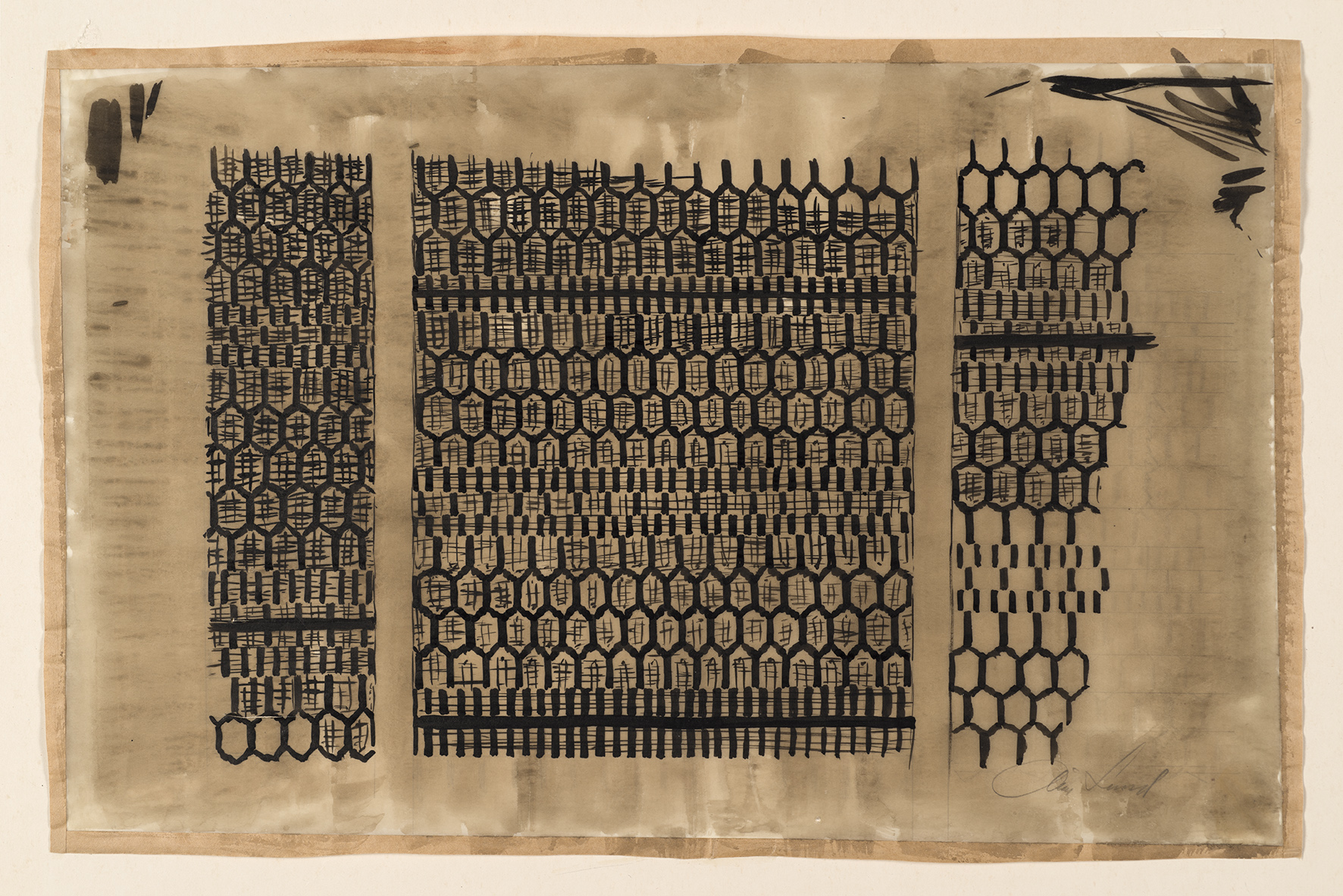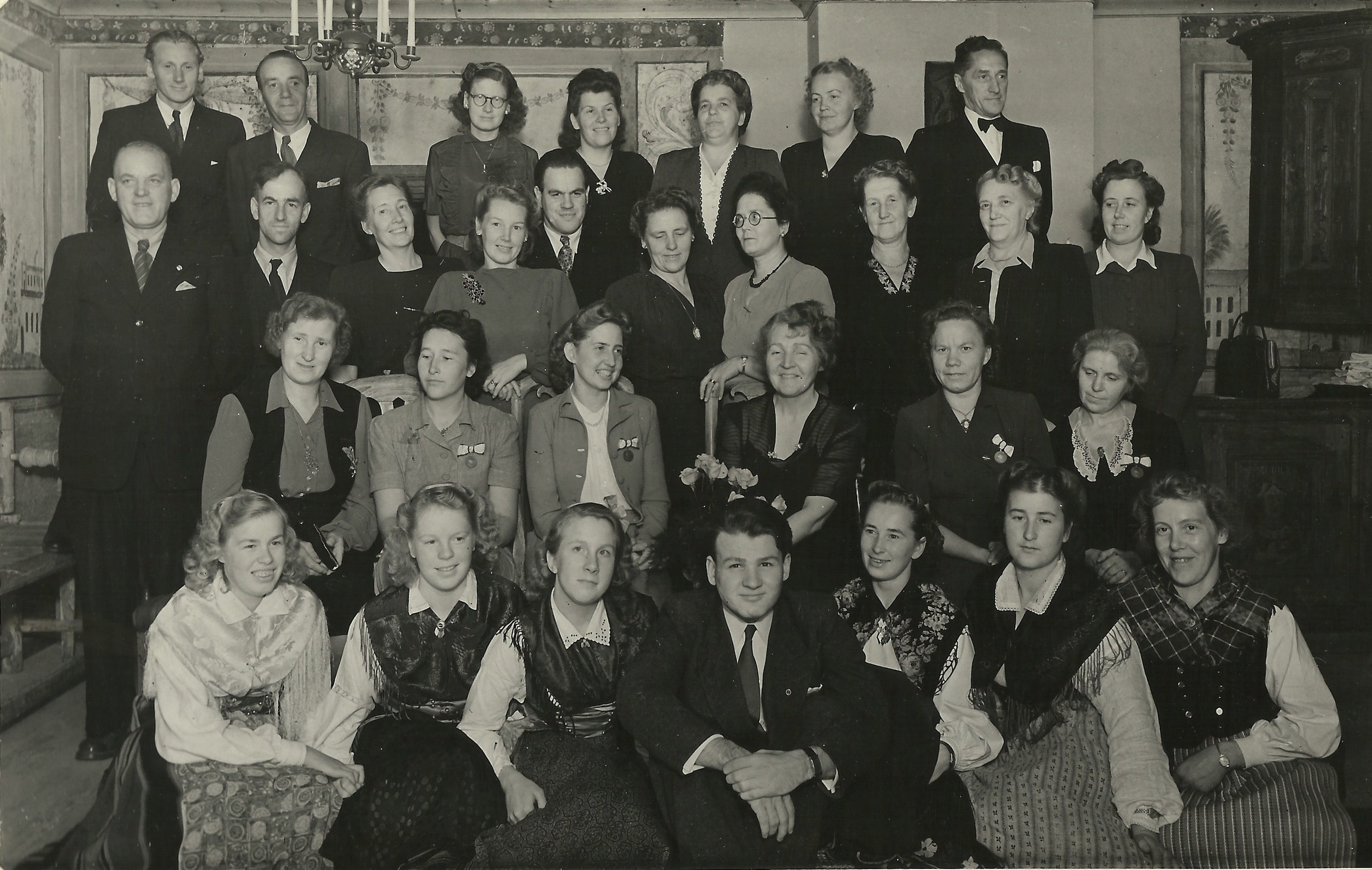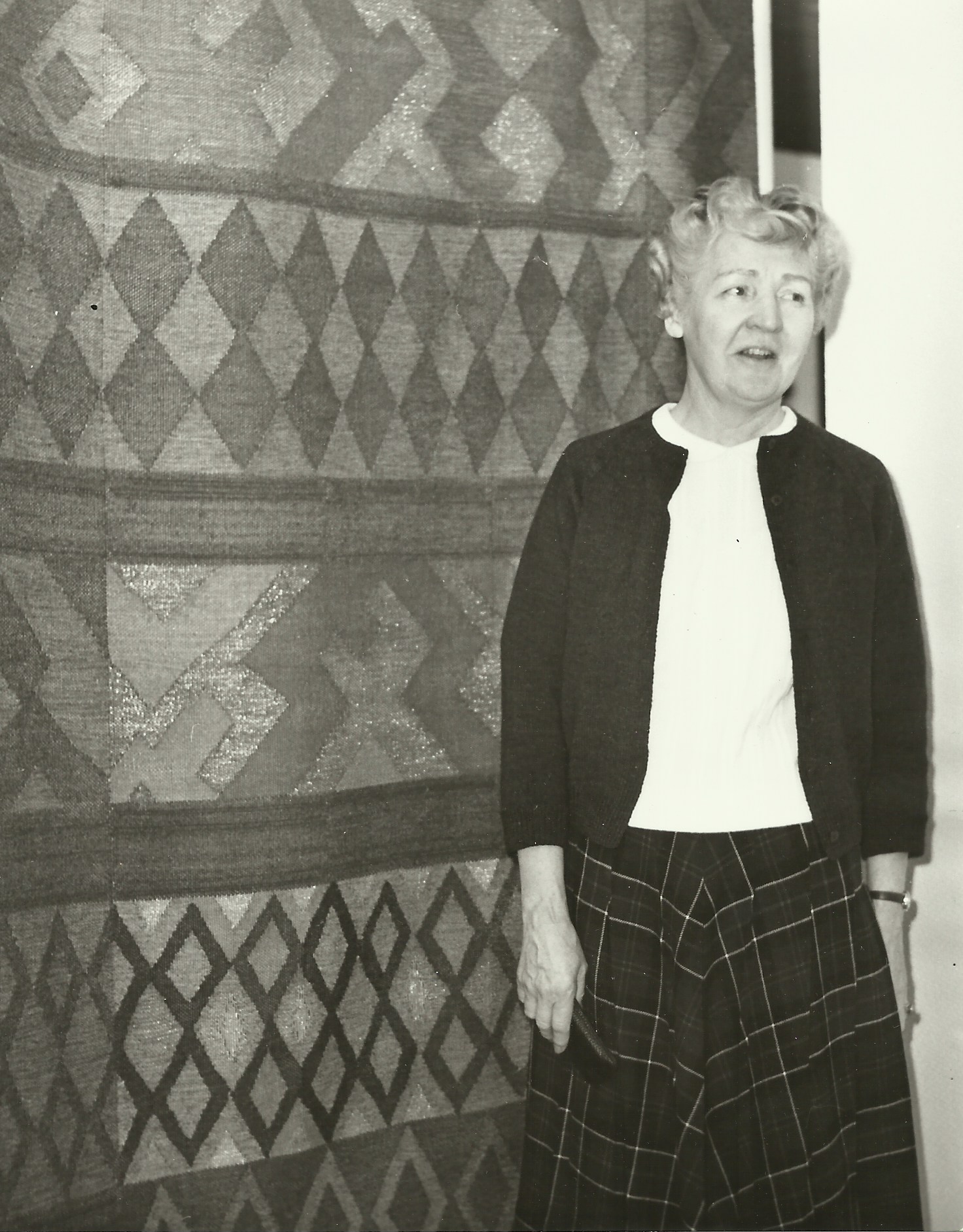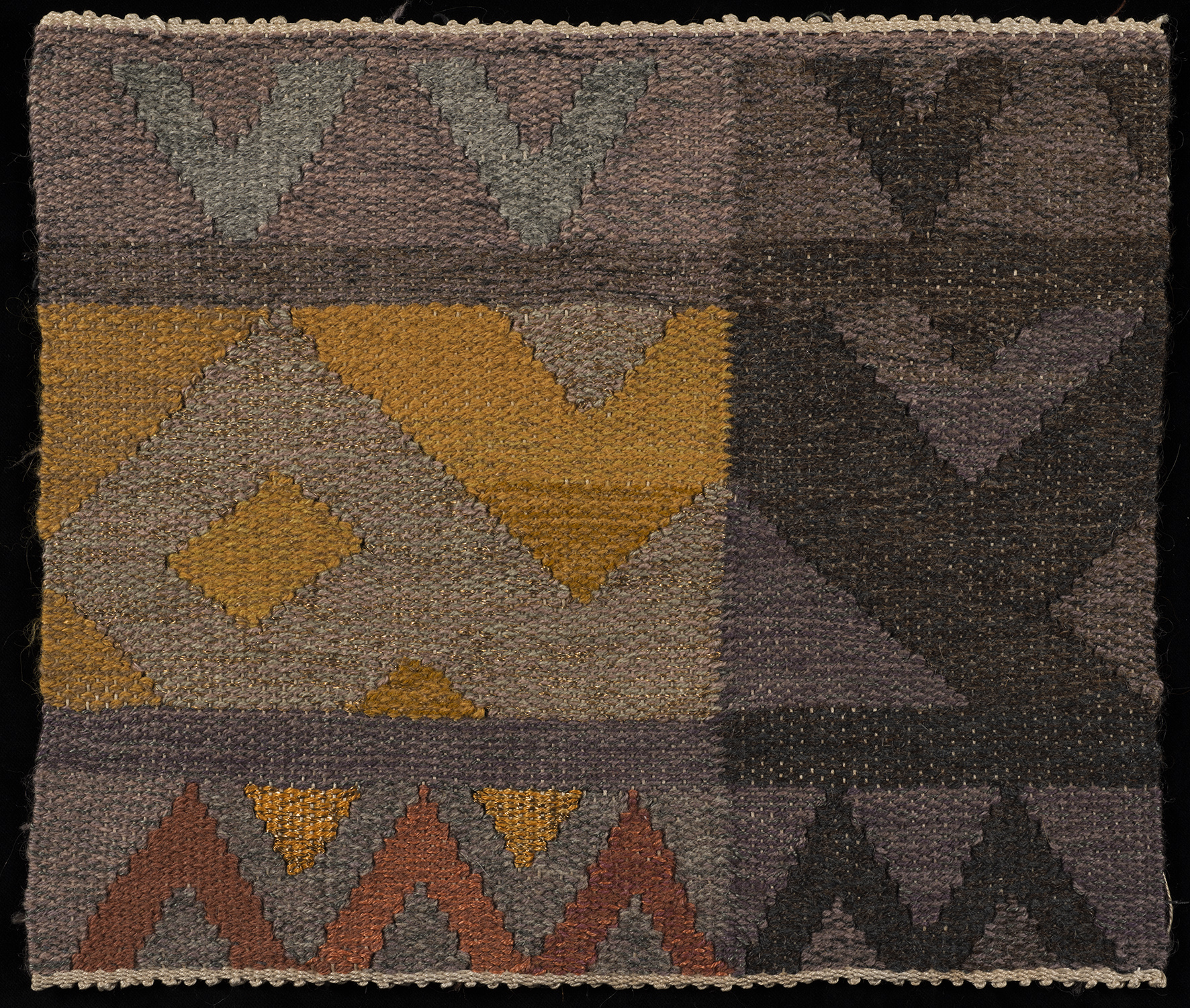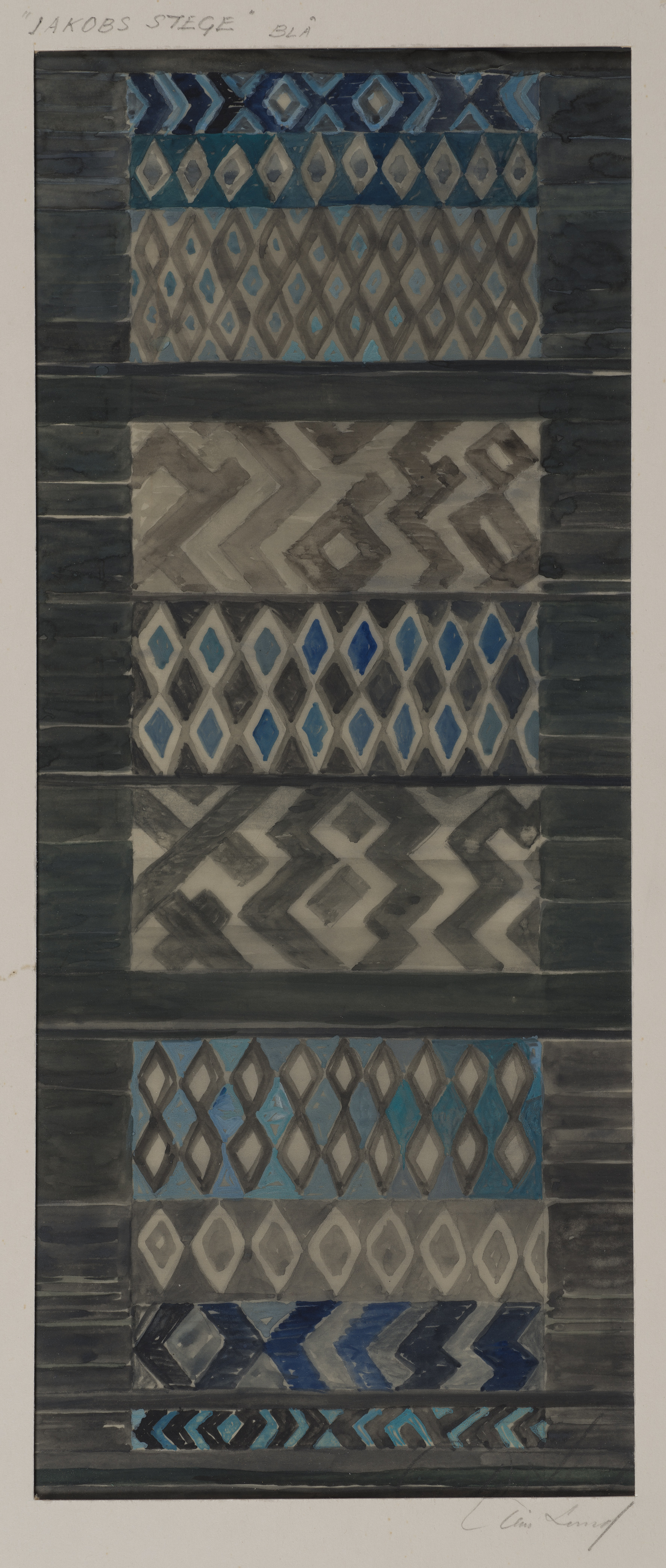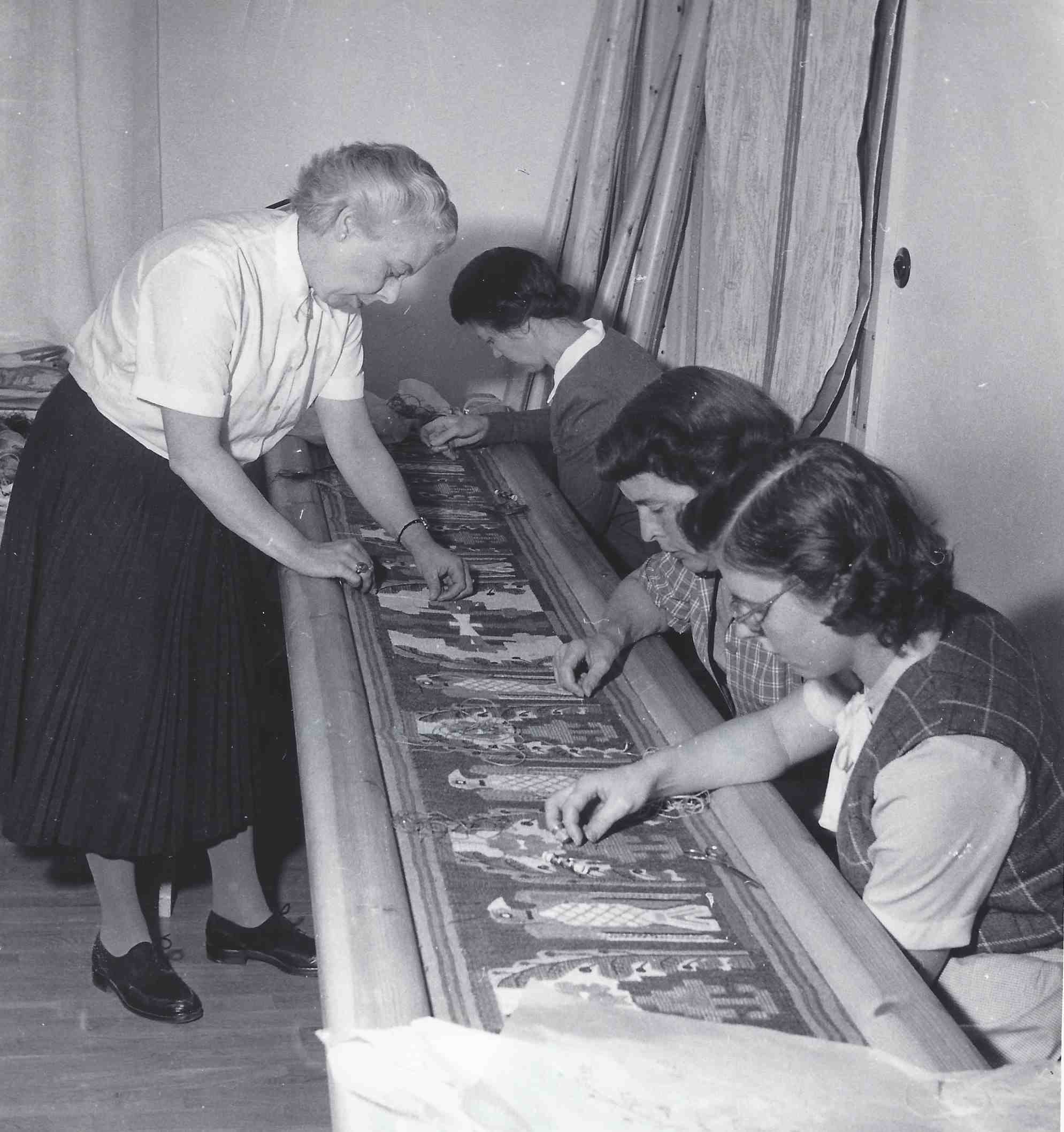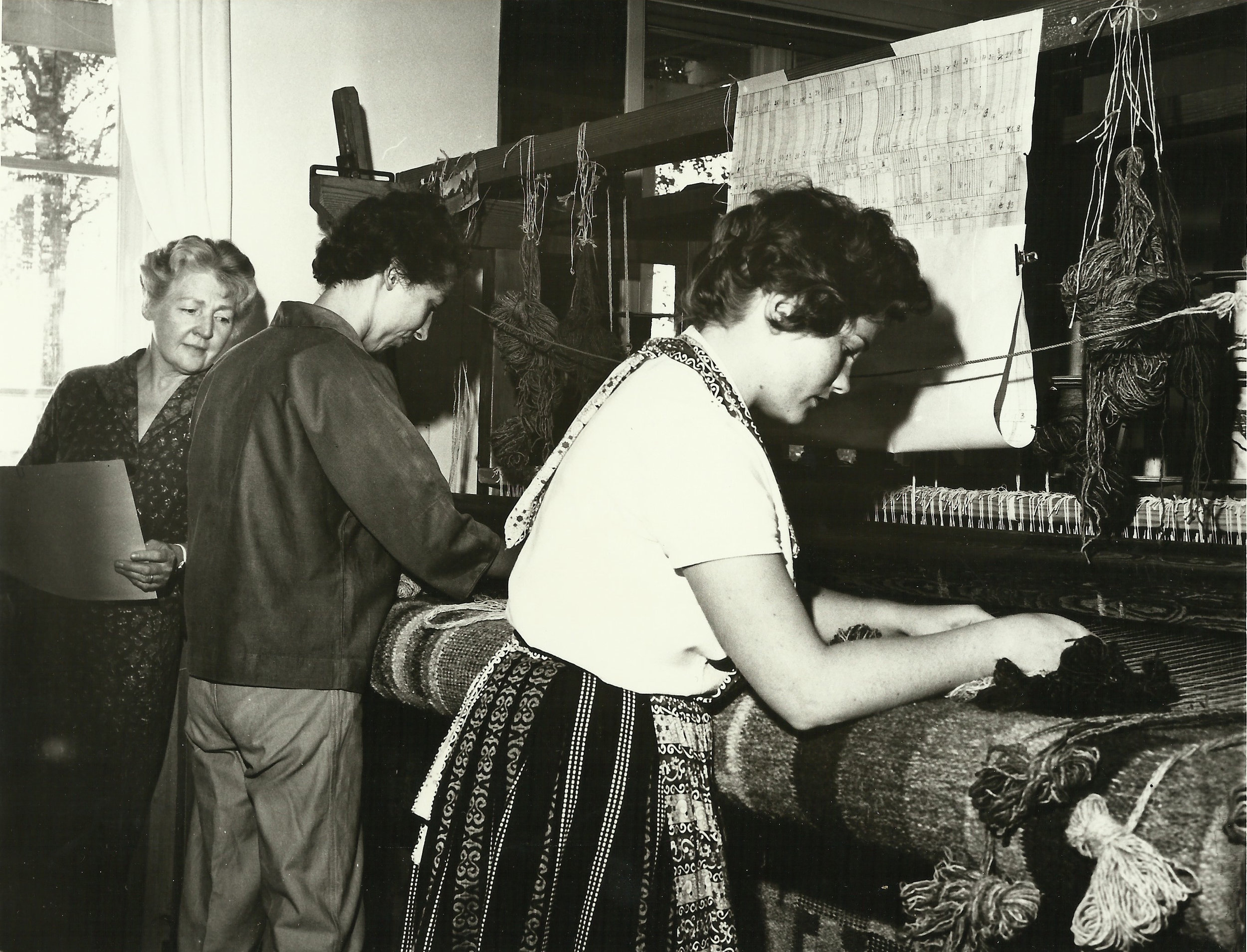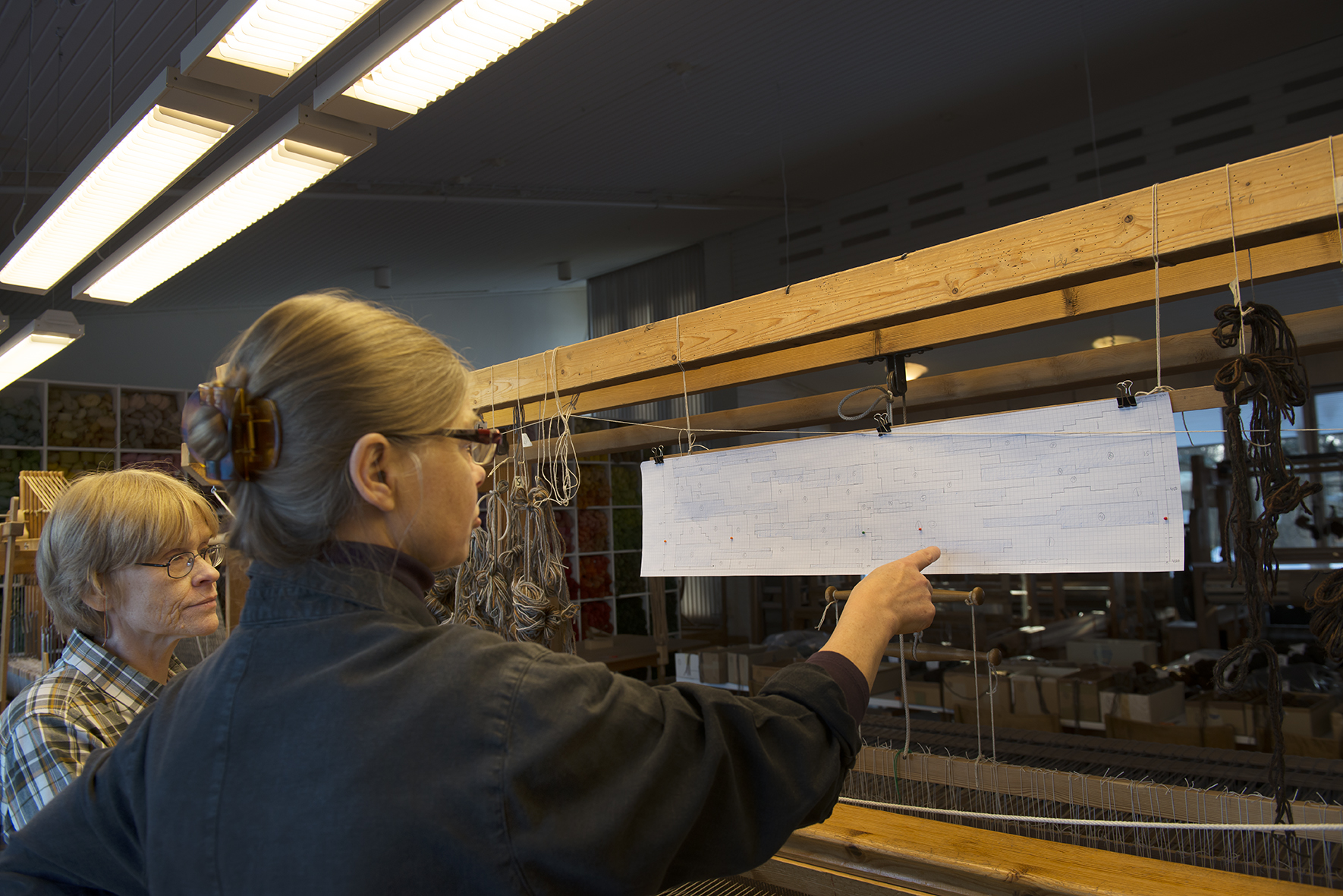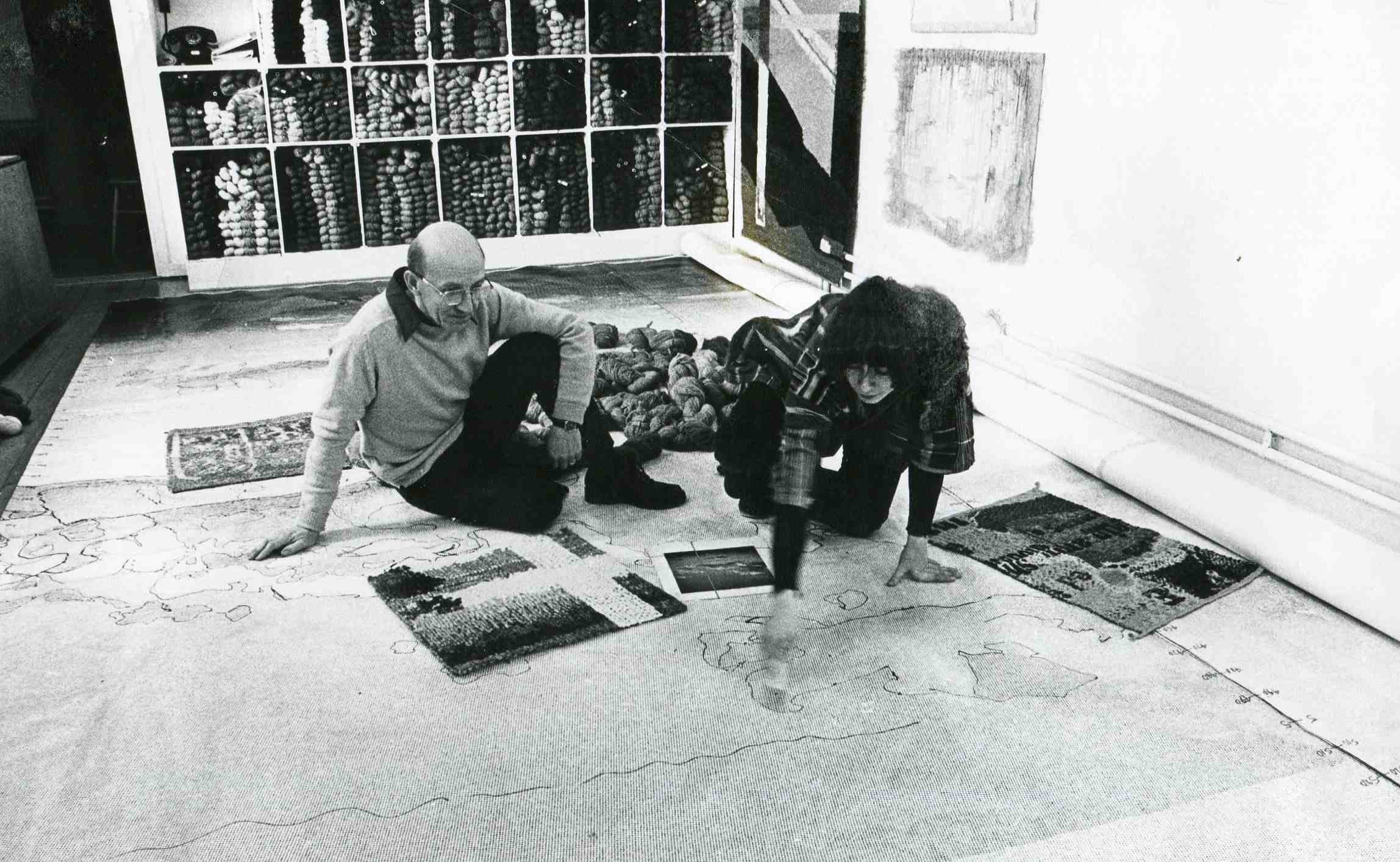About
Alice Lund Textilier is committed to the continued development of textile art and handweaving. The studio in Borlänge, Sweden, produces rugs, textile art and liturgical textiles for both private and public spaces all around the world. The studio also spreads knowledge of our dynamic Swedish textile heritage through research, commissions, exhibitions, and lectures.
Our decades-long stewardship and development of the craft of handweaving connects the studio’s past and present, from the 1930s to today.
We see a need for better understanding of responsible production methods, a closer relationship to materials, and long-term thinking. Our founder Alice Lund’s commitment to sustainability in both quality and design paved the way for the studio´s future. Her Functionalist theories of holistic perspective are present in every project, both when it comes to the interplay of textiles and environment as well as throughout the production chain.
Alice Lund founded her textile studio in the late 1930s. It began in Domnarvet, a suburb of Borlänge, but moved to Hytting in 1950. The studio had an excellent reputation from the start, and production was focused on textile furnishings as well as commissions for entire textile interiors.
Lund often collaborated with architects and interior designers, who appreciated her ability to create beautiful environments using textiles. The 1950s and 1960s were a time of change for the craft of handweaving due to advancements in industrial textile production. Lund made a bold choice and shifted the company’s focus to collaboration with artists, translating their sketches into handwoven public artworks.
Textile artist Sofia Widén moved into Lund’s studio in 1952. Widén and Lund had attended the renowned art school Konstfack together. While Lund chose handweaving and interior design, Widén had become known as one of the foremost designers of liturgical textiles. She had been artistic director for Licium studio in Stockholm, and her move to Hytting marked the beginning of liturgical textile production at Alice Lund Textilier. In many ways, the 1950s was their busiest decade, with many large commissions for the Swedish Church as well as public artworks.
The 1960s brought big changes for the business. Lund took over Widén’s business after she passed away suddenly in 1961, and the company changed the name to Alice Lund - Sofia Widén AB. In 1964 Lund decided to sell the company to textile engineer Sven Johansson, whom she had gotten to know through collaboration with Borås Jacquard Weaving Mill (Jacquardväfveri). However, she remained in her role as artistic director for the studio until 1970, when artist Dagmar Lodén took over.
During the 1970s and 1980s, Johansson continued to run the company in the same spirit as in Lund’s time. and initiated new collaboration with artists such as Olle Nyman and Gösta Backlund. The studio’s close collaboration with the textile artist Helena Hernmarck, which continues today, also began in this era. In the 1990s, Klas Nygårds took over the company and Åsa Mattsson was named artistic director.
Frida Lindberg has been the artistic leader and owner of Alice Lund Textilier since 2012. Lund’s bold choices in the face of the changes that took place in the 1950s and 1960s still guide the company today. Public art, textile furnishings, and liturgical textiles are still our main focus. In addition to the work done in the loom, our studio is focused on promoting textile art through research, lectures, and exhibitions. We continue to follow Alice Lund’s vision, in which color, quality, and atmosphere are in focus.

